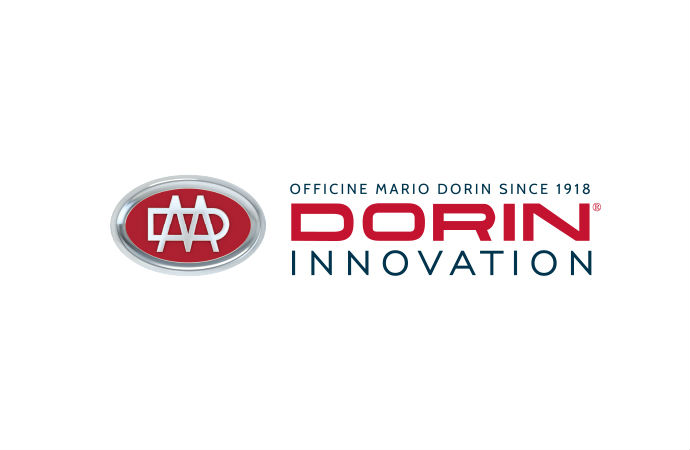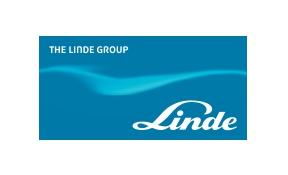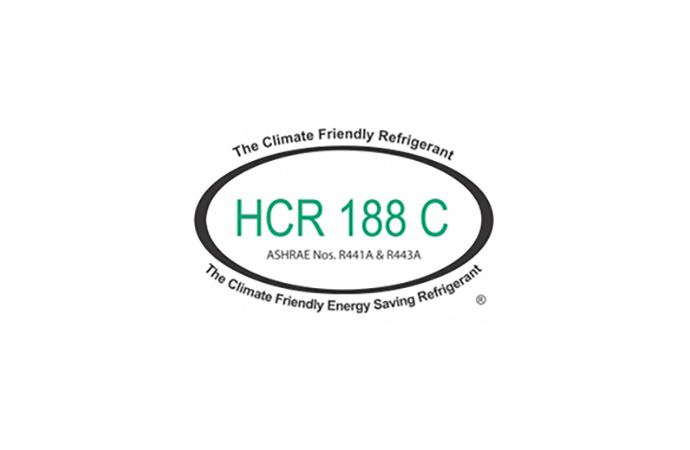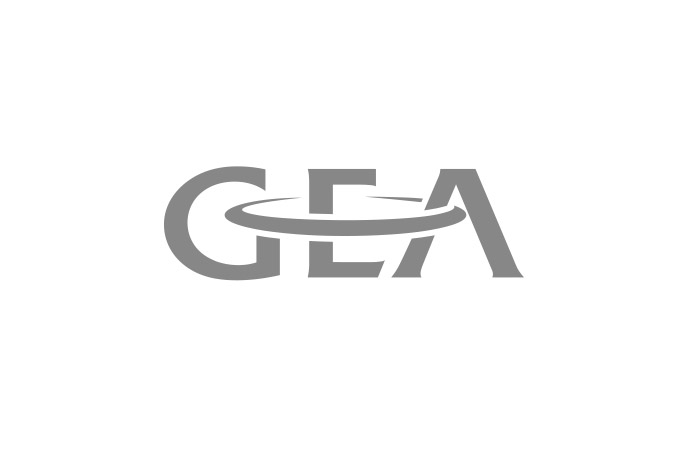Titled ‘Heat pump technology - European experiences’, a seminar organised on 7 April 2011 by the UK Institute of Refrigeration (IOR) and the International Institute of Refrigeration (IIR) brought together representatives from various European countries to discuss case studies outlining national incentives encouraging the rapid uptake of heat pumps.

The need for heat pumps (in the UK) ... a personal journey, Alan Couch, WSP Environment and Energy
Couch provided a CO2 emissions comparison between some of the options available for delivering carbon emission reductions from UK buildings. He compared annual CO2 emissions from a boiler, CHP and heat pumps encompassing different Seasonal Coefficients of Performance (SCOP).
With some simple calculations, he demonstrated that heat pumps with SCOP greater than 3.0 do realise CO2 emission savings compared to boilers, however CHP is still a preferred option from an emissions savings perspective. Heat pumps encompassing low SCOP would emit more emissions than conventional boilers.
The presenter concluded that the UK does need heat pumps, but that the industry needs to make them more efficient than current building regulations require.
Experiences from Norway: “The government wants biofuels. The market will go for heat pumps”
98% of Norway’s electricity consumption is hydroelectric, while 80% of heating is direct electric with the remaining 20% coming from hydronic systems.
Policy makers in Norway tend to focus on biofuels, reflecting the fact that the politicians heading the Department of Energy are typically from the farming sector rather than engineering sector. Nonetheless, the number of installed heat pumps in Norway is increasing rapidly.
90% of the installed units are air to air units for individual homes. However, a detriment to the booming Norwegian market was the fact that no quality assurance certificates were required for setting up contractor business, leading to several low-quality contractors significantly damaging the reputation of heat pumps.
Of note is the fact that although Norway is not a European Union (EU) member, its energy policy is primarily driven by EU requirements. For example, the ‘New Building Technical Regulations (TEK10)’ is setting a requirement of 60% renewables in building heating (in larger buildings), paving the way for hydronic systems. Acceptable renewables include biofuels, geothermal energy and heat pumps with a Seasonal Performance Factor (SPF) > 2.63.
Although previously available subsidies for residential air to air heat pump units are no longer available, subsidies are still available for air to water and water to water heat pumps. Financial support covers up to 20% of the cost up to a maximum of €1,250, setting a trend for these types of heat pumps in new homes.
The presenter also expressed the opinion that the practical solution will largely be heat pumps for Norway, even though the government focuses on biofuels. To acknowledge heat pumps as renewable heat sources, the EU requires SPF ≥ 2.63 SPF. This level is, however, fiercely debated in Norway, as the electricity used to run a heat pump in the country is not being produced in a thermal power plant but rather through hydroelectricity. Therefore, an SPF = 1.2 would suffice.
Moreover, several new district heating projects with heat pumps are under way (e.g. district heating project in the town of Drammen employing an ammonia industrial heat pump). Again, in district heating, the focus has been mainly on biofuels, with installed district heating systems resembling high temperature Soviet installations (120°C/70°C) that can cater to existing buildings equipped with high temperature hydronic systems.
In concluding, the presenter maintained that in Norway, subsidies are primarily given to projects that are not cost-competitive (to cover the gap). Citing the cost-competitiveness of heat pump projects due to rising energy prices in the last five years, the presenter proposed that heat pump projects will not be able to receive subsidies. “The government wants biofuels. The market will go for heat pumps”, he concluded.
Sweden, Jan-Erik Nowacki, KTH and Svep: investment requires stability rather than subsidies
Jan-Erik Nowacki of KTH Royal Institute of Technology and the Swedish Heat Pump Association (SVEP) provided an overview of the heat pump trends in the last 35 years in the country. Heat pump uptake in Sweden has been considerably influenced by incentive schemes and oil prices. For example, in 1985 the “inverse oil crisis” pushed energy prices down by 40%, leaving the heat pump industry bankrupt. In 2005, when there was an indication that some subsidies might be coming, heat pump sales dropped drastically, while the following year, when a small subsidy was actually put in place, heat pump sales rose significantly, only to drop drastically again in 2007 when the support scheme came to an end. From 2009, a tax deduction for the installation of heat pumps has been part of the reason for increased current sales in Sweden.
As a result, more than 1 million heat pump units have been sold since 1982, of which an estimated 900,000 are still in operation.
According to Nowacki, important factors in enhancing heat pump uptake include:
Heat Pump Technology Experience from France, Michèle Mondot – CETIAT
The French heat pump market has enjoyed large growth since 2005, with France becoming the first heat pump market in 2008. Before 2004, ground source heat pumps were dominant, but after 2005, air to water heat pumps took the lead. In 2009, ground source heat pumps represented only 12% of the total market.
Since 2009, there has been a decline in heat pump sales due to the economic crisis and the reduction of the construction market, the reduction of the tax credit and a low price for oil, which rendered traditional boilers more attractive.
In 2010, a total of 63,000 units were sold in France, of which 9,000 were ground source and 54,000 air source. Moreover, about 15,000 units were sold for domestic hot water production.
About 10% of new dwellings in France are equipped with heat pumps. This compares to about 95% in Sweden. In its Energy Road Map (the “Grenelle de l’Environnement”), the French government has fixed a target of reaching 2 million heat pump units, not including air-to-air units, by 2020.
Tax credits for the installation of heat pumps have been available in France since 2005. Moreover, loans at 0% interest rate for “renovation packages” (insulation + renewable energy equipment) are also available.
When initially introduced in 2005, the tax credit covered 50% of the investment cost of a heat pump up to a maximum amount of €8,000 for a single individual or €16,000 for a couple. All types of heat pumps, including air to air units, were eligible for the credit, while minimum Coefficient of Performance (COP) requirements amounted to COP ≥ 3 for the heating function (based on EN 14511 conditions), and COP ≥ 2.2 for domestic hot water production (based on EN 255-3).
Since then, the incentive scheme has evolved. In 2009, for example, air to air units were excluded from the scheme. In 2010, the minimum required COP was increased to 3.4 for the heating function, while the tax credit for ground source heat pumps was set at 40%, but was also extended to the installation of the ground loop. At the same time, the tax credit for air source heat pumps was reduced to 25% and that for domestic hot water heat pumps was set at 40%.
For 2011, the tax credit has been reduced by 10% for all types of heat pumps compared to 2010 levels, while the performance criteria for domestic hot water production heat pumps has been revised:
Couch provided a CO2 emissions comparison between some of the options available for delivering carbon emission reductions from UK buildings. He compared annual CO2 emissions from a boiler, CHP and heat pumps encompassing different Seasonal Coefficients of Performance (SCOP).
With some simple calculations, he demonstrated that heat pumps with SCOP greater than 3.0 do realise CO2 emission savings compared to boilers, however CHP is still a preferred option from an emissions savings perspective. Heat pumps encompassing low SCOP would emit more emissions than conventional boilers.
The presenter concluded that the UK does need heat pumps, but that the industry needs to make them more efficient than current building regulations require.
Experiences from Norway: “The government wants biofuels. The market will go for heat pumps”
98% of Norway’s electricity consumption is hydroelectric, while 80% of heating is direct electric with the remaining 20% coming from hydronic systems.
Policy makers in Norway tend to focus on biofuels, reflecting the fact that the politicians heading the Department of Energy are typically from the farming sector rather than engineering sector. Nonetheless, the number of installed heat pumps in Norway is increasing rapidly.
90% of the installed units are air to air units for individual homes. However, a detriment to the booming Norwegian market was the fact that no quality assurance certificates were required for setting up contractor business, leading to several low-quality contractors significantly damaging the reputation of heat pumps.
Of note is the fact that although Norway is not a European Union (EU) member, its energy policy is primarily driven by EU requirements. For example, the ‘New Building Technical Regulations (TEK10)’ is setting a requirement of 60% renewables in building heating (in larger buildings), paving the way for hydronic systems. Acceptable renewables include biofuels, geothermal energy and heat pumps with a Seasonal Performance Factor (SPF) > 2.63.
Although previously available subsidies for residential air to air heat pump units are no longer available, subsidies are still available for air to water and water to water heat pumps. Financial support covers up to 20% of the cost up to a maximum of €1,250, setting a trend for these types of heat pumps in new homes.
The presenter also expressed the opinion that the practical solution will largely be heat pumps for Norway, even though the government focuses on biofuels. To acknowledge heat pumps as renewable heat sources, the EU requires SPF ≥ 2.63 SPF. This level is, however, fiercely debated in Norway, as the electricity used to run a heat pump in the country is not being produced in a thermal power plant but rather through hydroelectricity. Therefore, an SPF = 1.2 would suffice.
Moreover, several new district heating projects with heat pumps are under way (e.g. district heating project in the town of Drammen employing an ammonia industrial heat pump). Again, in district heating, the focus has been mainly on biofuels, with installed district heating systems resembling high temperature Soviet installations (120°C/70°C) that can cater to existing buildings equipped with high temperature hydronic systems.
In concluding, the presenter maintained that in Norway, subsidies are primarily given to projects that are not cost-competitive (to cover the gap). Citing the cost-competitiveness of heat pump projects due to rising energy prices in the last five years, the presenter proposed that heat pump projects will not be able to receive subsidies. “The government wants biofuels. The market will go for heat pumps”, he concluded.
Sweden, Jan-Erik Nowacki, KTH and Svep: investment requires stability rather than subsidies
Jan-Erik Nowacki of KTH Royal Institute of Technology and the Swedish Heat Pump Association (SVEP) provided an overview of the heat pump trends in the last 35 years in the country. Heat pump uptake in Sweden has been considerably influenced by incentive schemes and oil prices. For example, in 1985 the “inverse oil crisis” pushed energy prices down by 40%, leaving the heat pump industry bankrupt. In 2005, when there was an indication that some subsidies might be coming, heat pump sales dropped drastically, while the following year, when a small subsidy was actually put in place, heat pump sales rose significantly, only to drop drastically again in 2007 when the support scheme came to an end. From 2009, a tax deduction for the installation of heat pumps has been part of the reason for increased current sales in Sweden.
As a result, more than 1 million heat pump units have been sold since 1982, of which an estimated 900,000 are still in operation.
According to Nowacki, important factors in enhancing heat pump uptake include:
- Heat pump research
- Energy price and interest rate stability, as investment requires stability rather than subsidies
- Ensuring that people can borrow money at a foreseeable interest rate
- Education of installers
- Quality testing and verification of heat pump products
- Ensuring customer security: solve conflicts, provide guarantees…
Heat Pump Technology Experience from France, Michèle Mondot – CETIAT
The French heat pump market has enjoyed large growth since 2005, with France becoming the first heat pump market in 2008. Before 2004, ground source heat pumps were dominant, but after 2005, air to water heat pumps took the lead. In 2009, ground source heat pumps represented only 12% of the total market.
Since 2009, there has been a decline in heat pump sales due to the economic crisis and the reduction of the construction market, the reduction of the tax credit and a low price for oil, which rendered traditional boilers more attractive.
In 2010, a total of 63,000 units were sold in France, of which 9,000 were ground source and 54,000 air source. Moreover, about 15,000 units were sold for domestic hot water production.
About 10% of new dwellings in France are equipped with heat pumps. This compares to about 95% in Sweden. In its Energy Road Map (the “Grenelle de l’Environnement”), the French government has fixed a target of reaching 2 million heat pump units, not including air-to-air units, by 2020.
Tax credits for the installation of heat pumps have been available in France since 2005. Moreover, loans at 0% interest rate for “renovation packages” (insulation + renewable energy equipment) are also available.
When initially introduced in 2005, the tax credit covered 50% of the investment cost of a heat pump up to a maximum amount of €8,000 for a single individual or €16,000 for a couple. All types of heat pumps, including air to air units, were eligible for the credit, while minimum Coefficient of Performance (COP) requirements amounted to COP ≥ 3 for the heating function (based on EN 14511 conditions), and COP ≥ 2.2 for domestic hot water production (based on EN 255-3).
Since then, the incentive scheme has evolved. In 2009, for example, air to air units were excluded from the scheme. In 2010, the minimum required COP was increased to 3.4 for the heating function, while the tax credit for ground source heat pumps was set at 40%, but was also extended to the installation of the ground loop. At the same time, the tax credit for air source heat pumps was reduced to 25% and that for domestic hot water heat pumps was set at 40%.
For 2011, the tax credit has been reduced by 10% for all types of heat pumps compared to 2010 levels, while the performance criteria for domestic hot water production heat pumps has been revised:
- Outdoor or ambient air: COP = 2.5 @ 7°C
- Exhaust air: COP = 2.9 @ 20 °C
- Geothermal source: COP = 2.5
- EDF (Electricité de France) for renovation projects: “Bleu Ciel” renovation loan
- ADEME (Agence de l’Environnement et de la Maitrise de l’Energie) for demonstration installations
- ANAH (Agence Nationale de l‘Habitat) provides subsidies covering part of the installation cost of air to water (€900) and ground coupled heat pumps (€1800) in 15 year or older houses.
- Regional or local collectivities
MORE INFORMATION
Related stories



















